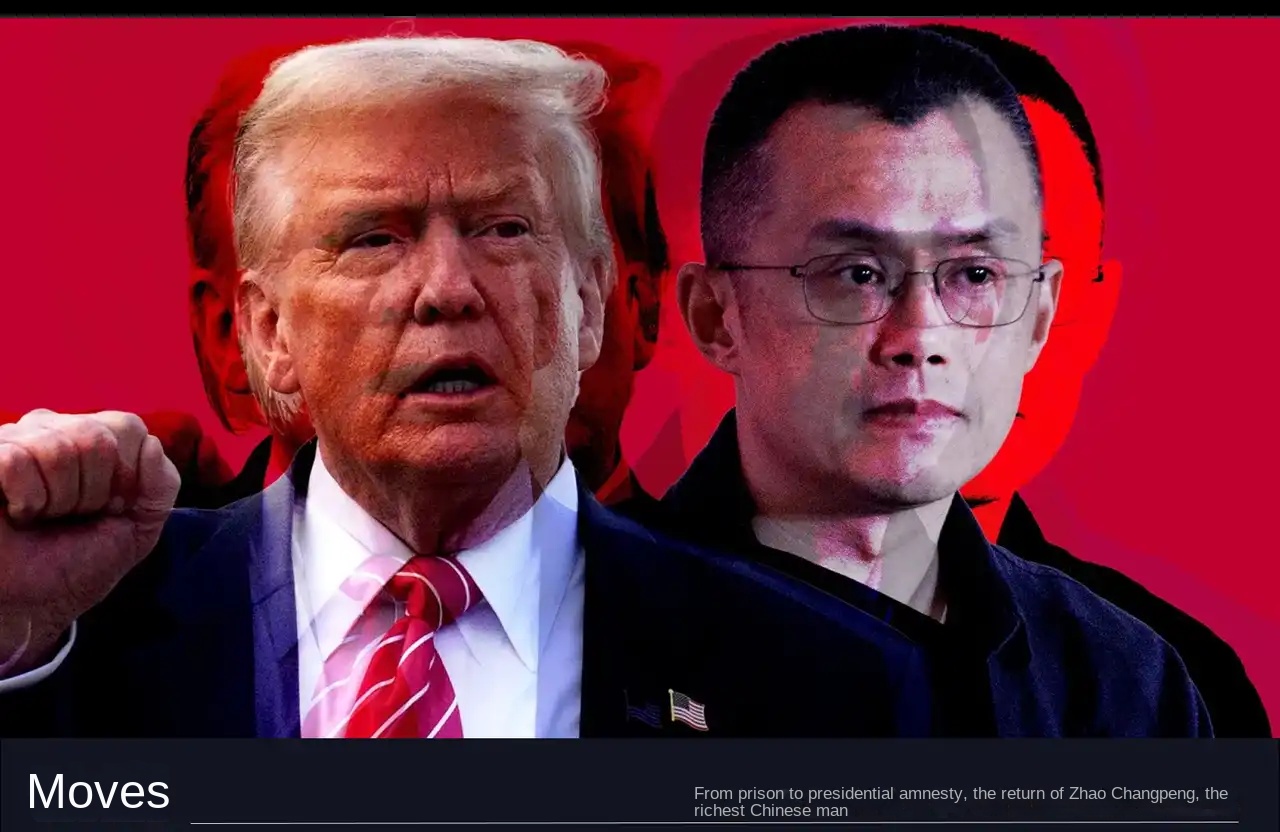Vitalik's new work: Technology and Humanities - Dual perspectives of Dubai and Tokyo's Future Museum
Original title: Review: museums of the future, Dubai and Tokyo
Original author: Vitalik Buterin
Original translation: Eason, MarsBit
Over the past year, I have had the pleasure of visiting the Museum of the Future in Dubai and, more recently, the National Museum of Emerging Science and Innovation in Tokyo. Both museums were highly recommended by close friends and collaborators of mine, and I think they are both trying to address a crucial issue: having a concrete, positive vision of a technologically advanced future that is not just the 3478th Black Mirror-style Hollywood dystopia.
What struck me most about visiting these two museums was how different the two visions were. They are by no means contradictory: there is no logical impossibility, or even such a strong contradiction, between the specific technologies and structures envisioned by the Dubai futurists and the Tokyo futurists. But at the same time, they feel very different and prioritize very different things. This leads to a natural question: what can we learn and appreciate from each, and is there a synthesis between the two?

Left: Exterior of the Dubai Museum of the Future. Right: The giant sphere inside Tokyo's Miraikan, displaying the world's major languages.
What I liked about the Dubai Museum of the Future
When you start your visit to the Museum of the Future, you first enter a simulated space elevator that will take you from the surface of the Earth in the year 2064 to a space station in geostationary orbit. You can see information screens and panels that let you see all of humanity's space stations around the solar system, on and around planets, and at Lagrange points.
After that, you'll see exhibits in a variety of other areas of science and technology. One of the main themes is meditation and health and wellness, showing the infrastructure that makes it easier for people to access alternative mental states. What struck me most was the biotechnology section, which presented a vision of using genetic engineering to increase the resilience of the biosphere, allowing plants and animals to survive in more diverse environments.

It is worth, uh… thinking about this scenario for a moment. It is a far cry from the traditional Western way of thinking about environmental issues. In the West, nature is the Garden of Eden, originally beautiful and pristine, now corrupted by industrial technology. The main moral imperative is to protect, to reduce the harm we would otherwise cause. In Dubai, the opposite is true. Nature's default state, at least the state they are accustomed to, is a desolate wasteland. Human ingenuity and artifice with nature can not only mitigate the harm caused by other human ingenuity and artifice, it can actually go further and improve the environment, leaving it better than when we started.
Miraikan doesn't have anything like that. There's an exhibit that touches on the important environmental issues facing the planet, but it's a much more traditional tone about the problems: These problems are humanity's fault, and we need to be mindful and find ways to reduce our footprint. There are multiple exhibits that touch on improving the lives of people with poor (or completely non-existent) vision or hearing. But the solutions they propose are mostly tweaks that try to make the world a little more gentle and friendly to people with these conditions: robots that can help guide people, writing on business cards in Braille, and so on. These are all genuinely valuable things that would improve the lives of many people. But they're not what I'd expect to see in a museum of the future in 2024: a solution that lets people actually see and hear again, like optic nerve regeneration and brain-computer interfaces.
Dubai's approach to these issues struck a chord with me in a way that Tokyo's approach didn't. I don't want the future to be 1.2 times better than it is now, and that I've enjoyed a comfortable life not for 70 years, but for 84 years. I want the future to be 10,000 times better than it is now. I believe in the Nietzscheanism described by Scott Alexander in his recent blog post, who cautions against setting the main goals of life as goals like “I don’t want to piss anyone off” and “I want to take up less space”, which are better off dead than alive. If I become infirm for medical reasons, then living in an environment that allows me to feel comfortable despite these disadvantages will certainly be an improvement. But what I really want is technology to fix me and make me strong again.
That said, there are things about the Museum of the Future that feel missing and limited, and the Museum of the Future does a good job of filling those gaps. So now it’s time to shift the focus and talk about the strengths that I think make the Museum of the Future great.
What I Liked About Miraikan Tokyo
When you first enter Miraikan, the first exhibit is about Earth Crisis: global warming, and various environmental issues related to either too high a number of pollutants or too low a number of basic resources. Immediately thereafter, you’ll see exhibits of various art forms, with a lot of use of artificial intelligence, mimicking various patterns we see in nature. Afterwards, a giant sphere repeatedly plays a short information film called "Into the Diverse World," showing various statistics about different parts of the world and how people live in different regions. After that, there is a hands-on exhibit showing the inner workings of basic low-level Internet protocols.

Left: A chart showing different countries' contribution to the world's CO2 emissions. Right: A natural butterfly replica and a robotic butterfly replica.
What particularly struck me about the exhibitions was the way they invited people to actively learn and participate. All of the informative exhibitions sought to present information in a tangible way, making it easy for people to understand the important details and consequences of each issue. The section on overfishing offered complaints like: “I love sushi… but we probably won’t be able to eat sushi all the time in the future, right?” At least two of the exhibitions ended with interactive sections that asked questions related to the content and invited people to provide their own answers. The exhibition on solving the problems of the earth’s resources took the form of a game.

Left: A billboard inviting museum visitors to submit answers to “How can we avoid pollution?” and “What can we do to continue living on this planet?” and showing the answers of recent visitors. Right: A game about avoiding the minefield of ecological challenges and heading towards a better future in 2100.
In this regard, the two museums strike very different tones. The Dubai Museum feels consumerist: this is the future we’re going to have, you just have to sit back and enjoy the future we’re building for you. The Tokyo museum feels like an invitation to participate: we won’t tell you too much about the future, but we want you to think about these questions, understand what’s going on behind the scenes, and be part of building a shared future.
The main type of technology I found missing from Dubai’s Museum of the Future was social technology, especially governance. The only explicit description of a governance structure I found in Dubai’s imagined world of 2064 was a throwaway line in the description of the main space station on Mars: “Operator: Global Space Authority, SpaceX”. At Miraikan, on the other hand, the structure of the museum itself emphasizes collaborative discussion, and you’ll see frequent references to language, culture, government, and press freedom.
Are the two visions compatible?
At first, the two visions seem diametrically opposed, and thematically they may even go in opposite directions. But the more I thought about it, the more I felt that the two are actually very synergistic: one fills in the gaps in the other. I don’t expect the world in 2100 to be the same as it is today, or at most 20% better. And those civilizations that do have an overwhelming mentality of trying to get by with less are going to find themselves under constant pressure from outside forces and from within their own societies to push our boundaries more strongly. But at the same time, the more radically our societies evolve to points far beyond historical norms, the more we need to make sure everyone is involved, both in terms of understanding what is going on and in the process of discussing and making that happen.
My own posts trying to make advanced topics in cryptography more accessible are written in this spirit: we do need advanced tools, but we also need them to be understandable and usable, to ensure more people can work together, and to ensure that the future empowers people, rather than becoming a series of iPhone interfaces built by a few that the rest of us can only access in a standardized way.
Perhaps the ideal future museum I would like to see is one that combines the bold imagination of Dubai's Future Museum with the warm and welcoming spirit that only Japan's Future Museum can bring.

Left: "The universe belongs to everyone", Dubai Future Museum. Right: Future robots, deliberately designed to be cute and friendly rather than threatening.
Original link
Welcome to join the official BlockBeats community:
Telegram Subscription Group: https://t.me/theblockbeats
Telegram Discussion Group: https://t.me/BlockBeats_App
Official Twitter Account: https://twitter.com/BlockBeatsAsia


 Forum
Forum Finance
Finance
 Specials
Specials
 On-chain Eco
On-chain Eco
 Entry
Entry
 Podcasts
Podcasts
 Activities
Activities
 OPRR
OPRR









